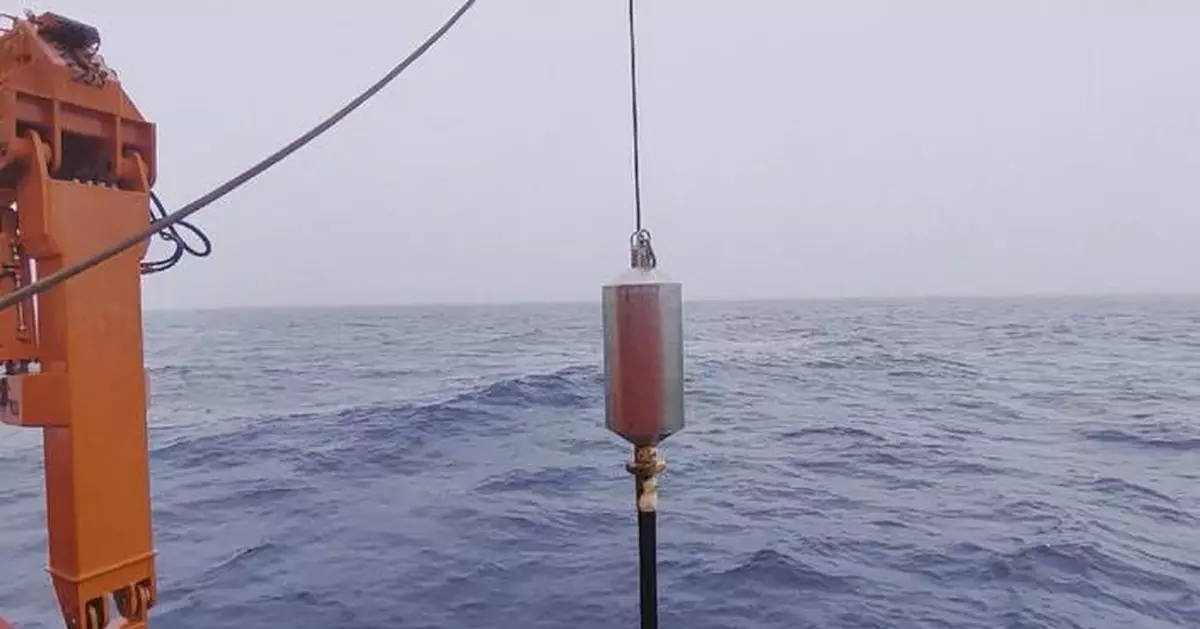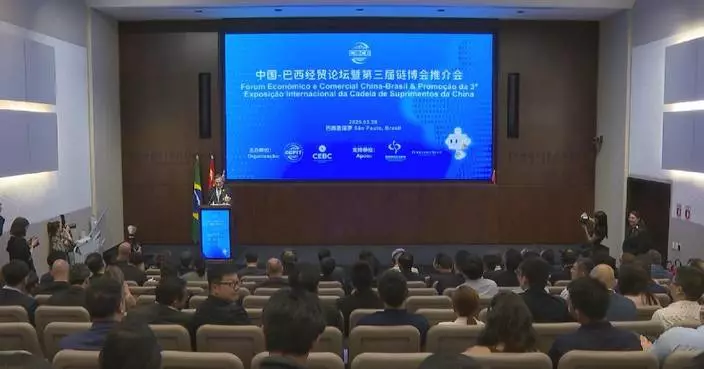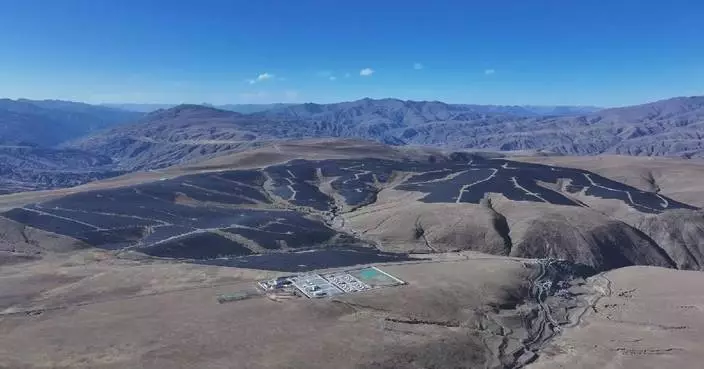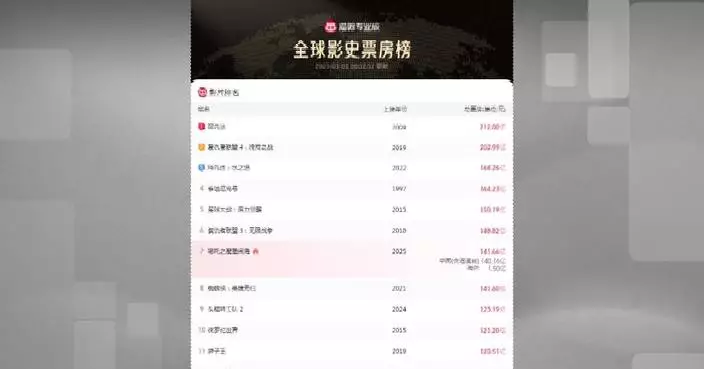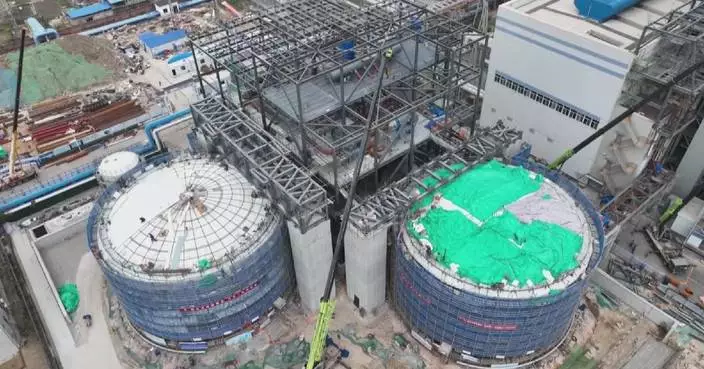China's 41st Antarctic expedition team, aboard the research icebreaker Xuelong 2, has successfully collected a long sediment core in a sampling operation in the seamount region of the Amundsen Sea during its ongoing oceanographic survey.
The achievement was facilitated by the use of a long piston gravity corer, which performed the sampling operation. The equipment uses the force of gravity to collect sediment from the seabed.
The gravity corer used in the operation was approximately 22 meters long. As the operation required high stability of the equipment, Xuelong 2 paused to assemble the corer prior to the formal operation.
"The gravity corer consists of four sections, each measuring 5.5 meters. The two black tubes serve as its main components, connected by the yellow joint. These plastic tubes are the inner tubes, where the samples will be stored. Each inner tube is encased in an outer tube, allowing the entire assembly to function as a complete unit, so that the extracted sample taken will remain intact," said Xia Yinyue, director of the Xuelong 2 laboratory, while making an explanation about the gravity corer.
Each outer tube section is 5 meters long and weighs 206 kilograms, while each joint weighs 60 kilograms. Once the inner tubes are connected, the subsequent assembly process will rely entirely on manual labor.
The sampling site is located in a canyon of the Amundsen Sea seamount at a depth exceeding 2,800 meters. To maintain precise positioning, the researchers activated the dynamic positioning system.
"ravity corers require a high level of positional accuracy for the ship, as well as relatively favorable sea conditions. The current positioning accuracy error is within 10 centimeters," said Zhu Pengtao, first mate of Xuelong 2.
From equipment assembly to sample recovery, the whole task lasted over 20 hours before the sediment sample was successfully obtained.
"This is the benthic sediment, a scientifically-significant sedimentary rock layer. This is the first sample we collected from the Amundsen Sea. We are very satisfied with the outcome, and the process went relatively smoothly," Xia said.
The samplings can be used to reveal the ancient ocean and environmental evolution of the Amundsen Sea.
Once back in China, the team will analyze the core's physical, chemical and micropaleontological features to study the Earth environments at that time and provide insights for predicting future climate change.
China's 41st Antarctic expedition team set sail on Nov 1, 2024, for a mission expected to last nearly seven months.
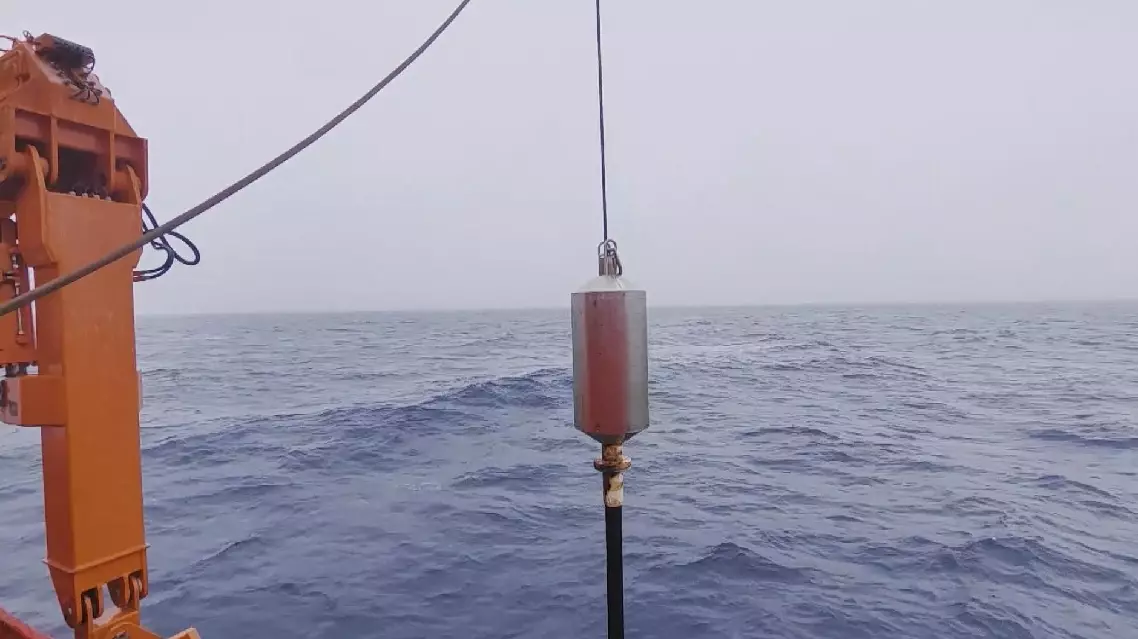
China conducts first sediment core collection in Amundsen Sea


